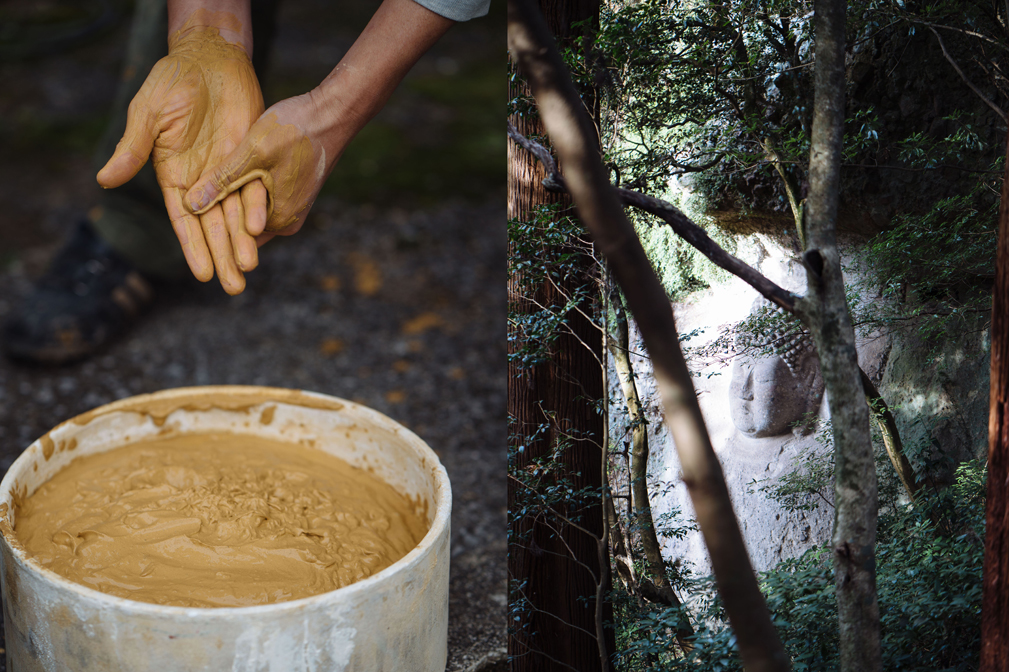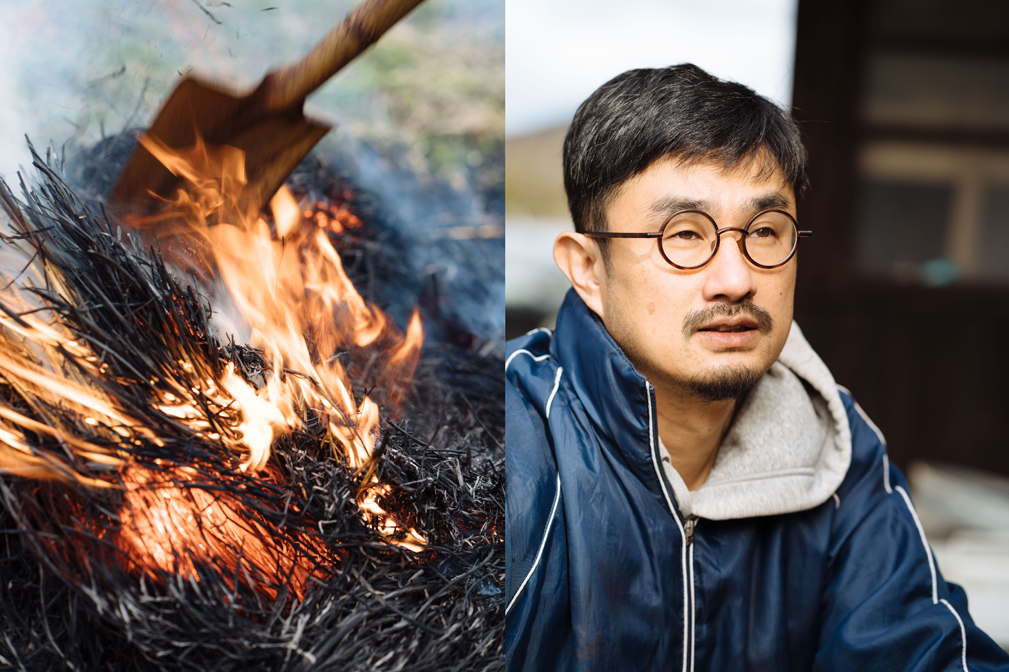Thread by Thread
Essays by Prairie Stuart-Wolff
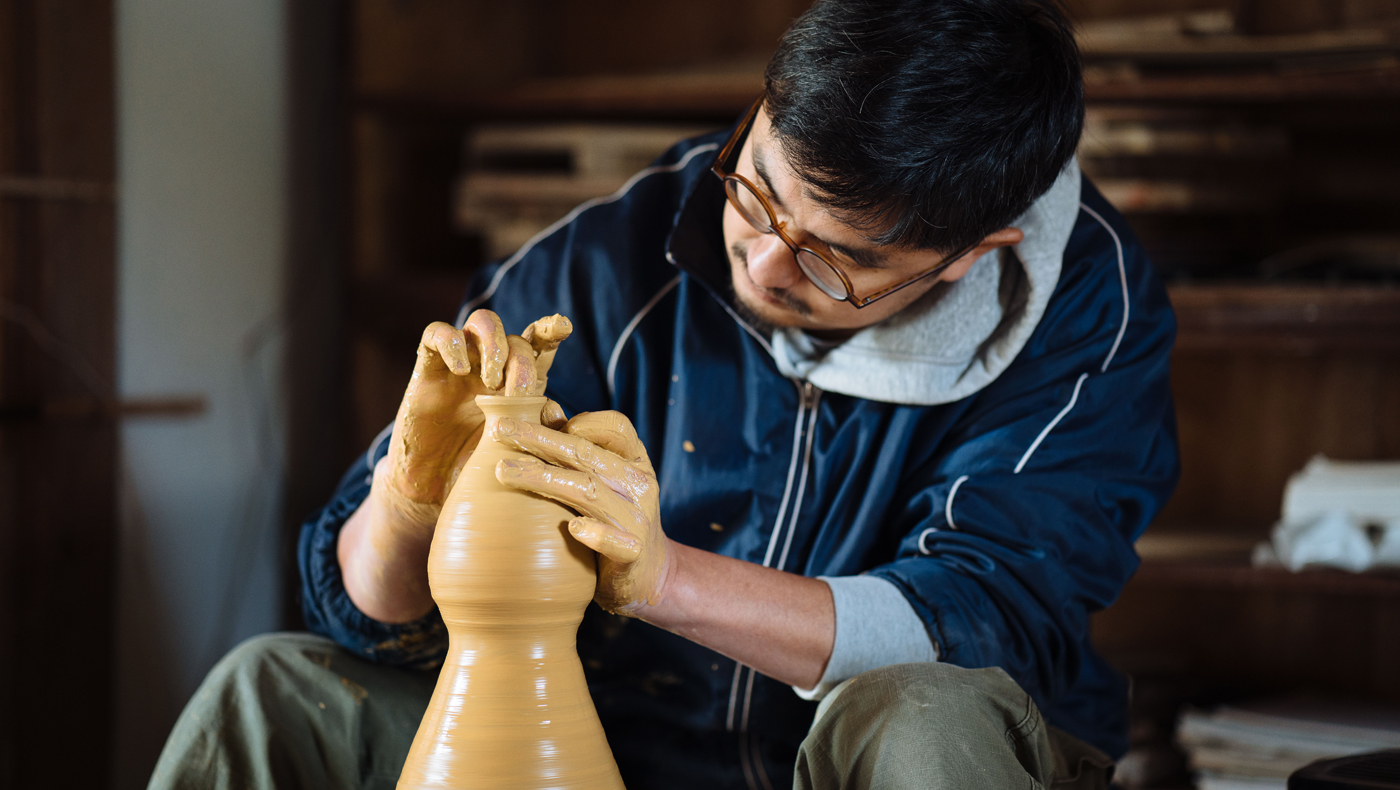
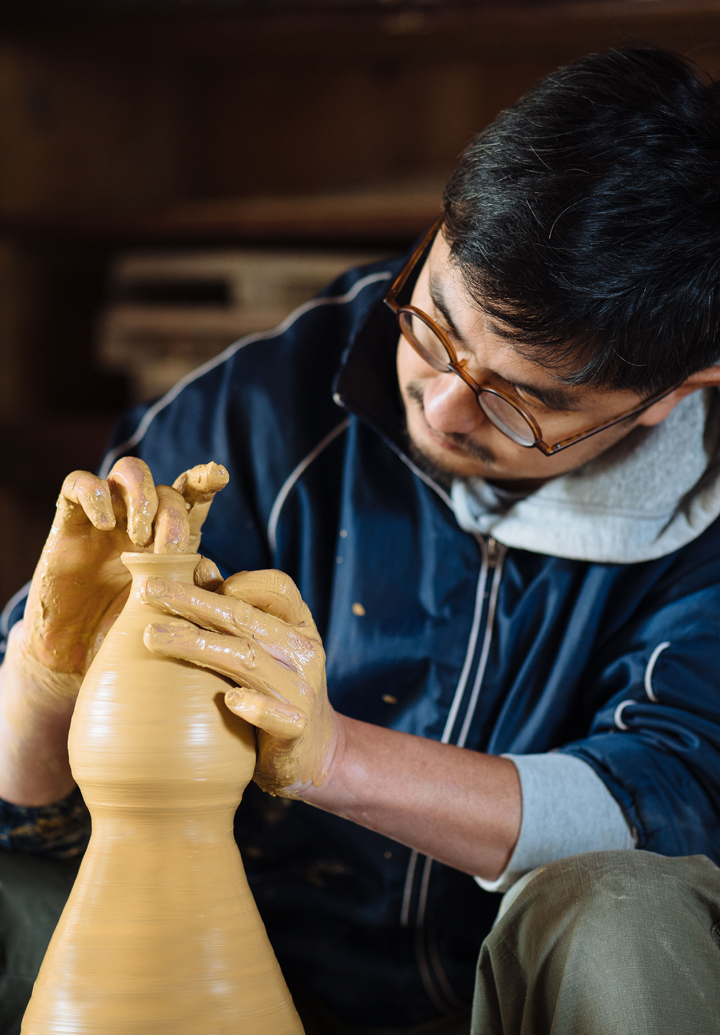
From the Ground Up
The Kunisaki Peninsula juts into the Seto Inland Sea off the northeast corner of Kyushu. Ridges and valleys radiate like tentacles from Mt. Futago at the center and aerial images look like a blot of ink with rivulets wicked into the crevices of thick paper. The land is rich in spiritual history and densely populated with stone effigies ranging from magnificently large and carved into cliff walls to small and clustered along slopes deep in the mountains. The local residents of sparsely inhabited villages carefully tend these many ancient sights.
In a country where family ties and ancestral history pull with the greatest force Kikuchi Katsu settled in a place which for him had neither. It was pure chance he says, when asked how he chose the old farmhouse in Kunisaki where he lives with his wife and two small children. While on a road trip exploring the peninsula, he visited the municipal office and inquired about available land. The house with several outbuildings looked promising. On the practical side it met his criteria for an affordable space where the smoke of a wood-burning kiln wouldn’t bother his neighbors. It also met a certain need for isolation, away from the distractions of urbanity and the influential force of history in towns known for ceramics, a place where he could metabolize his experiences and find his own way.
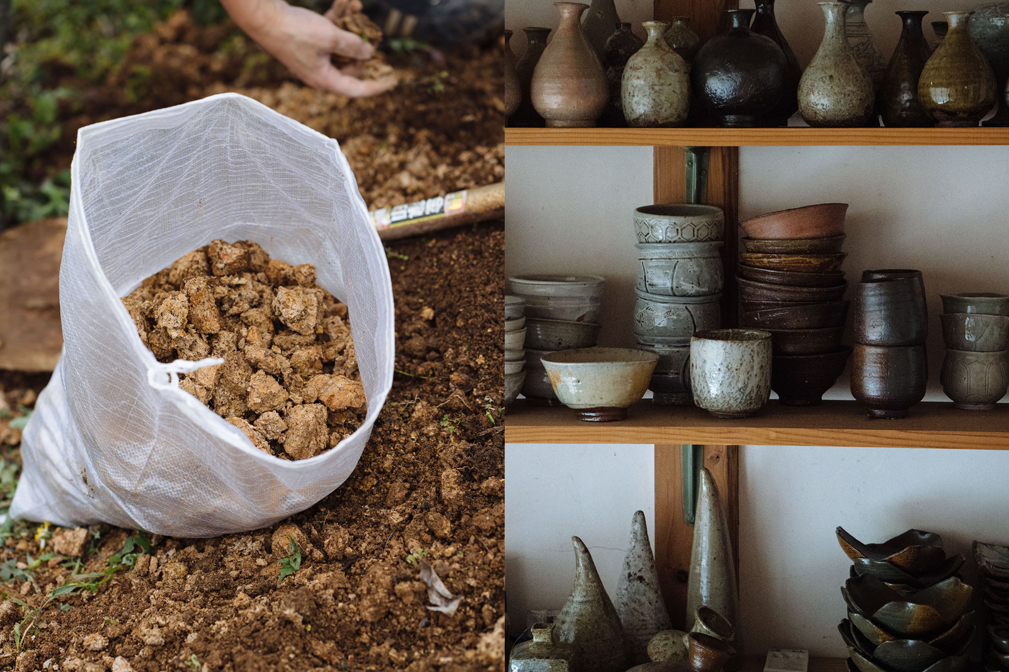
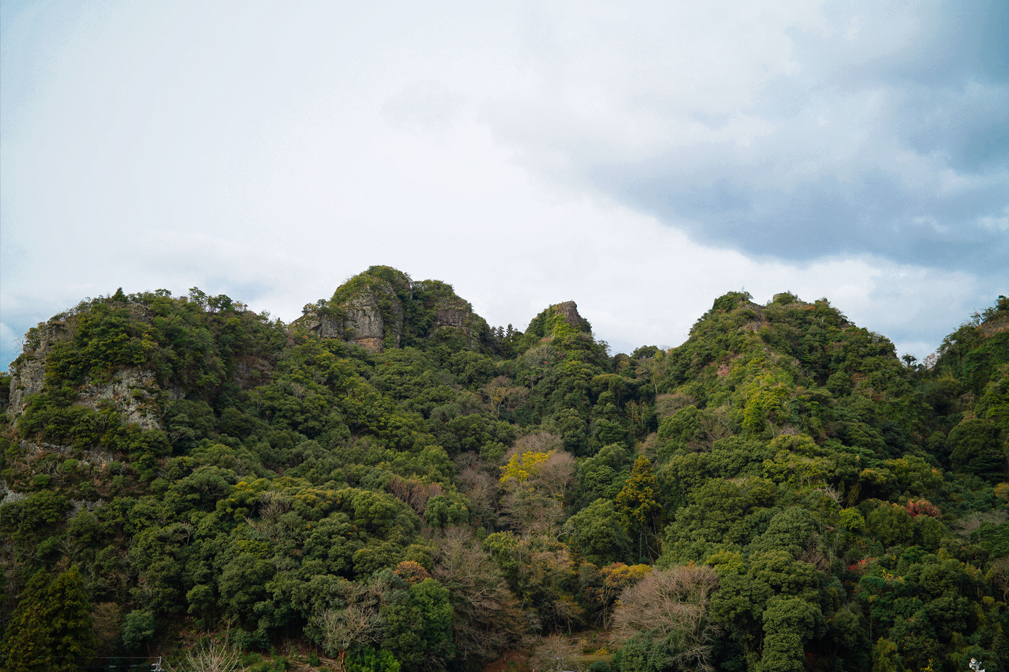
Katsu’s path to Kunisaki and to his vocation in clay were equally serendipitous. While living abroad in Spain he studied Japanese pottery with a Spanish professor. From afar he could see clearly the beauty of Japan’s ceramic traditions and he found himself drawn in, particularly by the subtle beauty of Karatsu ware. He returned to his homeland and took an apprenticeship in Karatsu, but when it came time to seek independence, it was clear that he needed to step away from the strong current of tradition that had lured him there. It would be hard to work towards something original from within, he thought.
Now firmly rooted in Kunisaki, Katsu’s unique practice immerses him equally in the physical and the conceptual. Inspiration can come suddenly from a line of music or the lines of a book, he says, and his days are an exercise in being open to it. With a scholarly mien, he seems poised to always ask questions, always entertain new ideas. Each exhibition is an opportunity to conceptualize and refine a unexplored theme, to investigate its potential and make new work. With an idea in mind he sets to digging clay, throwing pots, making glazes, and firing his wood- burning kiln. He engages in every step of the process with his own hands, learning as much about the materials as he does about himself and the world around him through the act of making.
